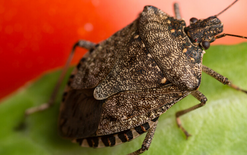Self-driving cars on the rise
This eight million figure is part of a larger report published by ABI about Advanced Driver Assistance Systems. The number encompasses vehicles that will feature Level 3 and 4 technologies, where drivers will still be necessary but are able to completely transfer safety-critical functions to the vehicle and Level 5 technology, where no driver will be required at all. This also means that shipments of Light Detection and Ranging (LiDAR) sensors that are required for autonomous cars will increase rapidly. "As many as 36 million LiDAR units are expected to ship in 2025, corresponding to a market value of NZ$9.9 billion." How did ABI land on a figure of eight million? ABI extrapolated data from the past few years. Up until recently, Level 1 autonomous technology was only available with high-end luxury cars. Now, companies like Ford, Toyota, Subaru, and many others, are making Level 1 tech such as adaptive cruise control, blind spot detection, and automatic braking available across all of their lineups. ABI predicts that these cars will up the demand for technology like LiDAR sensors. As a response, sensor manufacturers will then produce them more efficiently, which will then cause the price of LiDAR sensors to go down, and make affordable autonomous technology more feasible for automakers. “With the rapid development and deployment of various Advanced Driver-Assistance Systems (ADAS) packages by manufacturers, higher level automation represents the next suitable step,” says Shiv Patel, Research Analyst at ABI Research. “The primary functional sensor gap between today’s ADAS and higher level autonomous vehicles will be filled with the addition of LiDAR, which will help to provide reliable obstacle detection and Simultaneous Location and Mapping.”





